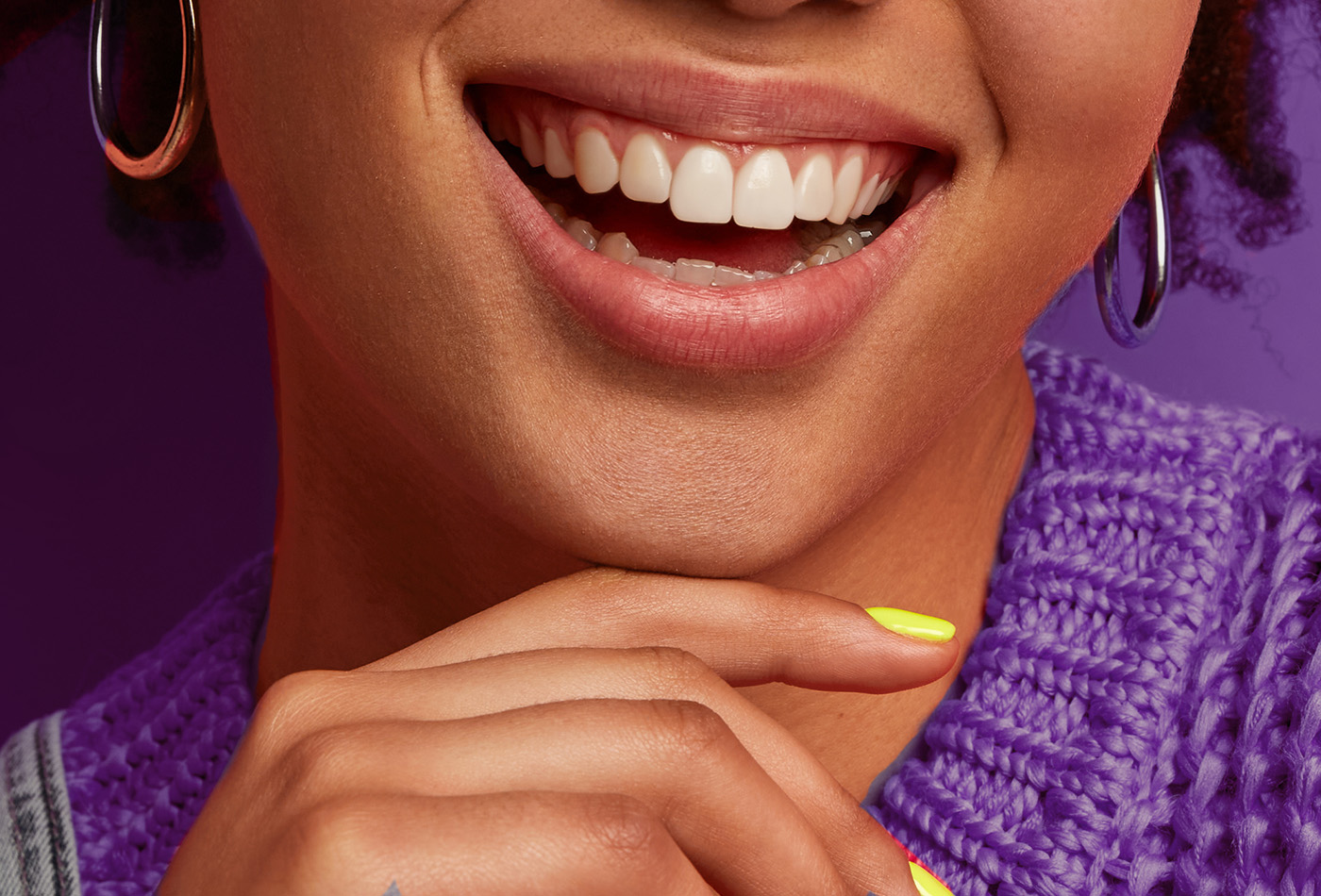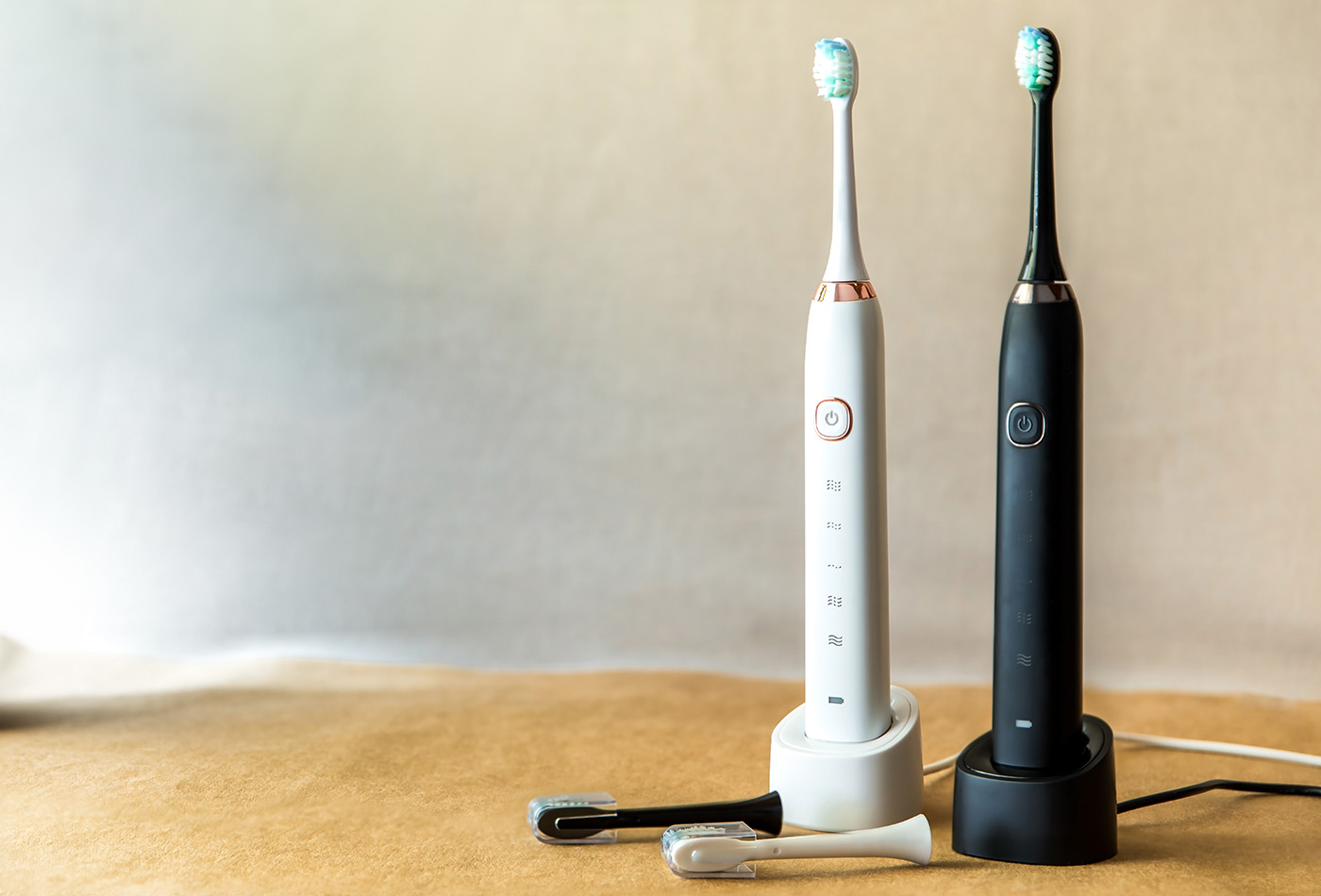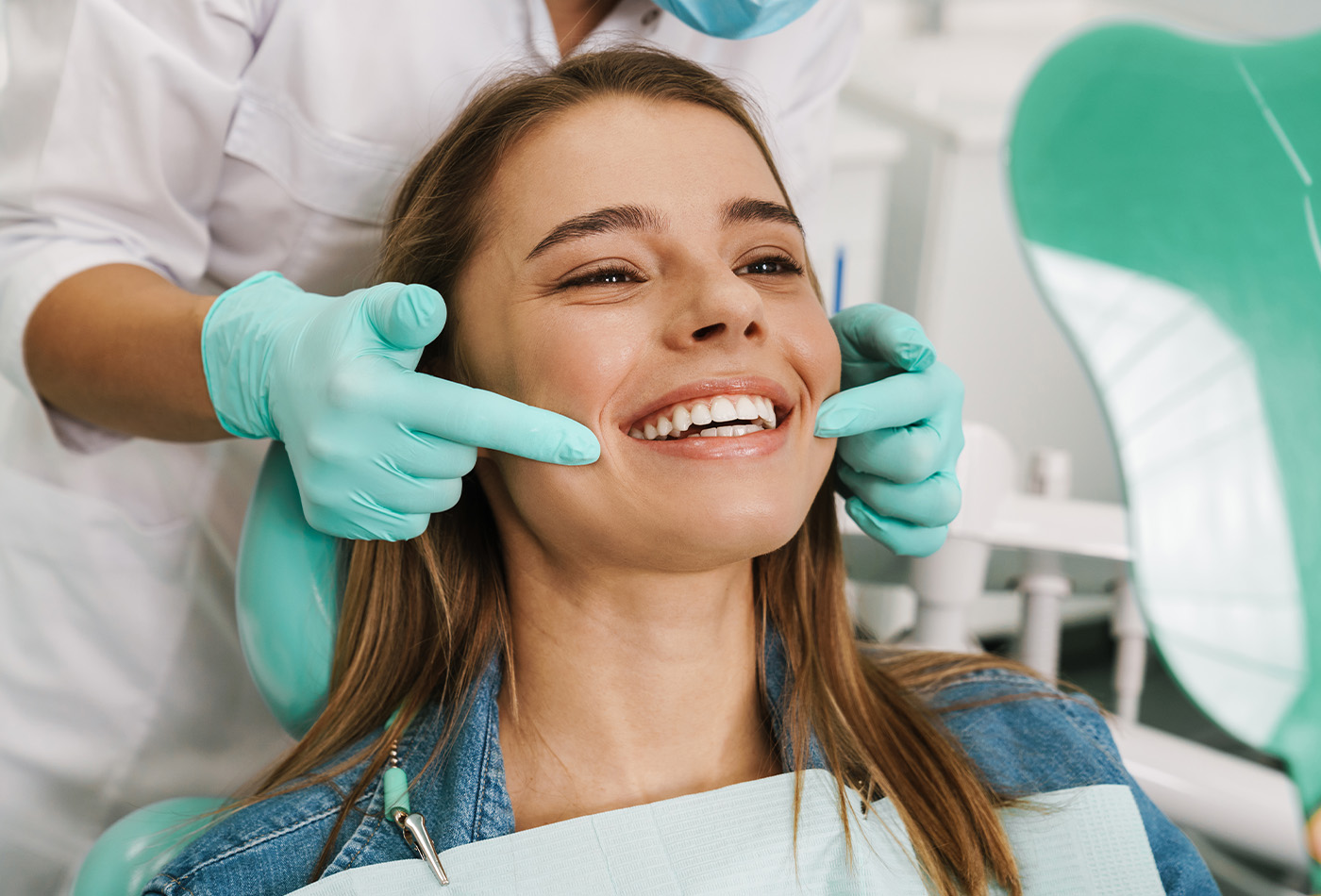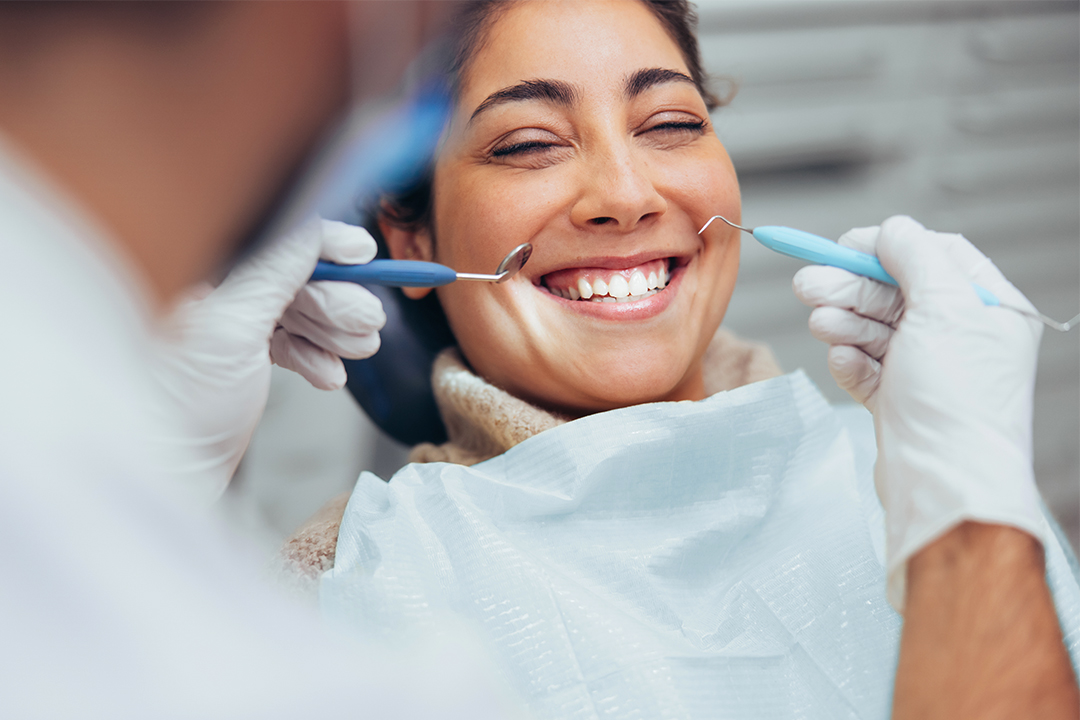The power of a beautiful, radiant smile is undeniable. But what happens when you’re not entirely happy with yours? That’s where cosmetic dentistry comes into play. So, what is cosmetic dentistry, and how can it transform your smile? In this comprehensive guide, we’ll delve into the various types of procedures, their benefits, and how they can revolutionize your oral aesthetics.
What Is Cosmetic Dentistry?
Often referred to as ‘aesthetic dentistry’, cosmetic dentistry represents a specialized discipline that fuses the principles of art and science to enhance the visual appeal of your teeth. This field encompasses a broad range of services, extending from straightforward teeth whitening to comprehensive smile makeovers. In essence, it provides an assortment of treatments intended to assist you in attaining an impeccable smile.
What is the Difference Between Cosmetic and General Dentistry?
General dentistry concentrates on the prevention, diagnosis, and treatment of oral health problems. It involves routine check-ups, cleanings, fillings, and other preventative measures to keep your teeth and gums healthy. On the other hand, cosmetic dentistry goes beyond maintaining oral health. It focuses on improving the appearance of your teeth, gums, and overall smile. It’s about creating positive changes to enhance your smile and boost your confidence. Now that we’ve explained what cosmetic dentistry is and how it differs from general dentistry, let’s explore some common cosmetic procedures.
The Common Types of Cosmetic Dentistry Procedures
Teeth Whitening
To this date, the most sought-after treatment is teeth whitening, thanks to its visible impact. Over time, daily habits, aging, or smoking can stain or dull your teeth. When that happens, a professional whitening service can restore the original whiteness and sparkle of your teeth with the use of a high-concentration bleaching gel. This gel works faster and gives significantly more pronounced results than over-the-counter options. But keep in mind that you should only get your teeth whitened every year to 18 months, based on how long the results last. Of course, the process will be closely monitored by dental professionals to ensure safety and comfort.
Dental Veneers
Dental veneers can also restore your smile to its full potential. Dental veneers are these super thin shells of porcelain or resin-composite, crafted to match the color and translucency of your teeth. They’re then adhered to the front surface of your teeth, instantly correcting discoloration, chips, gaps, and misalignment. They are highly durable and resistant to staining, offering a long-lasting solution for a radiant smile.
Dental Implants
Dental implants are an efficient solution for replacing missing teeth. The implant involves a titanium post surgically positioned into the jawbone beneath the gum line, serving as a sturdy artificial tooth root. The dentist then installs a crown, bridge, or denture onto this post, replicating the look, feel, and function of natural teeth.
Dental Bonding
As a versatile and economical solution, dental bonding addresses a wide array of cosmetic and structural dental issues. In this procedure, a tooth-colored resin, similar in texture to putty, is applied to the affected tooth. The resin is then meticulously sculpted, hardened under a specialized light, and polished to perfection. Dental bonding is the ideal solution for mending decayed, chipped, or cracked teeth, correcting discoloration, or reshaping teeth for an enhanced aesthetic appeal.
Inlays and Onlays
Inlays and onlays, otherwise known as indirect fillings, offer a robust solution for decayed or damaged teeth that lack the structural strength to support conventional fillings. Crafted typically from composite resin or porcelain, these pieces are bonded to the damaged tooth area, emulating its original appearance. If the restoration is designed to repair damage within the tooth’s cusps, it’s referred to as an inlay. If the damage extends beyond the cusps, the restoration is termed an onlay.
Orthodontic Treatments
Orthodontic treatments are removable devices that correct misaligned teeth and jaws, improving both functionality and aesthetics. Braces, the most traditional treatment, use brackets, wires, and bands to gradually move teeth into proper positions. Clear aligners function like braces, but are more discreet when put on. Beyond aesthetic improvements, these treatments can boost oral health by improving hygiene efficiency and reducing the risk of gum disease and tooth decay.
Benefits of Cosmetic Dentistry
Cosmetic dentistry isn’t just about aesthetics; it’s a journey towards a more radiant and healthier you. Here are some transformative benefits:
- Long-lasting Results: The results of cosmetic dentistry are definitely not fleeting. With proper care and regular dental check-ups, these procedures can offer enduring results that last, quite a worthy investment.
- Elevated Self-Confidence: Nothing boosts self-confidence like a captivating, radiant smile. From job interviews to social gatherings, a bright smile will unlock doors, creating opportunities and impressive first impressions.
- Enhanced Oral Health: Although aiming just for aesthetics, cosmetic dentistry does go beyond surface appeal. By opting for treatments such as dental implants and orthodontic alignment, you can actively prevent potential oral health issues like gum disease and tooth decay, leading to a healthier mouth and a happier you.
- More Health Benefits: Oral health is linked to cardiovascular health, study suggests. Well-aligned teeth can contribute to better oral hygiene, potentially reducing the risk of heart disease.
- Personalized Treatment Plans: Whether it’s the shade of your veneers or the type of crowns or braces, your treatment can be tailored to your unique needs and desires.
- Pain-Free and Comfortable Procedures: With advancements in dental technology, many cosmetic procedures are now minimally invasive, causing little to no discomfort. Available sedation options also ensure a pain-free and comfortable experience.
Transform Your Smile With Cosmetic Dentistry at NYC Dental Smiles
Getting the answer to “What is cosmetic dentistry?” is only the first step towards a great smile. The next step is finding reliable cosmetic dentistry services that can provide an in-depth consultation that fits your situation. At NYC Dental Smiles, our professional team of cosmetic dentists use top-tier equipment and technology to bring confidence in your smile. Embark on your journey towards a radiant smile today, and reach out to NYC Dental Smiles for a thorough, personalized consultation.
Source
Cosmetic dentistry – Wikipedia. (2015, September 24). Cosmetic Dentistry – Wikipedia. https://en.wikipedia.org/wiki/Cosmetic_dentistry
C. (n.d.). Cosmetic Dentistry: What It Is, Procedures & Types. Cleveland Clinic. https://my.clevelandclinic.org/health/treatments/23914-cosmetic-dentistry
Five Types Of Cosmetic Dentistry Procedures | Colgate®. (n.d.). Five Types of Cosmetic Dentistry Procedures | Colgate®. https://www.colgate.com/en-us/oral-health/dental-visits/five-types-of-cosmetic-dentistry-procedures









